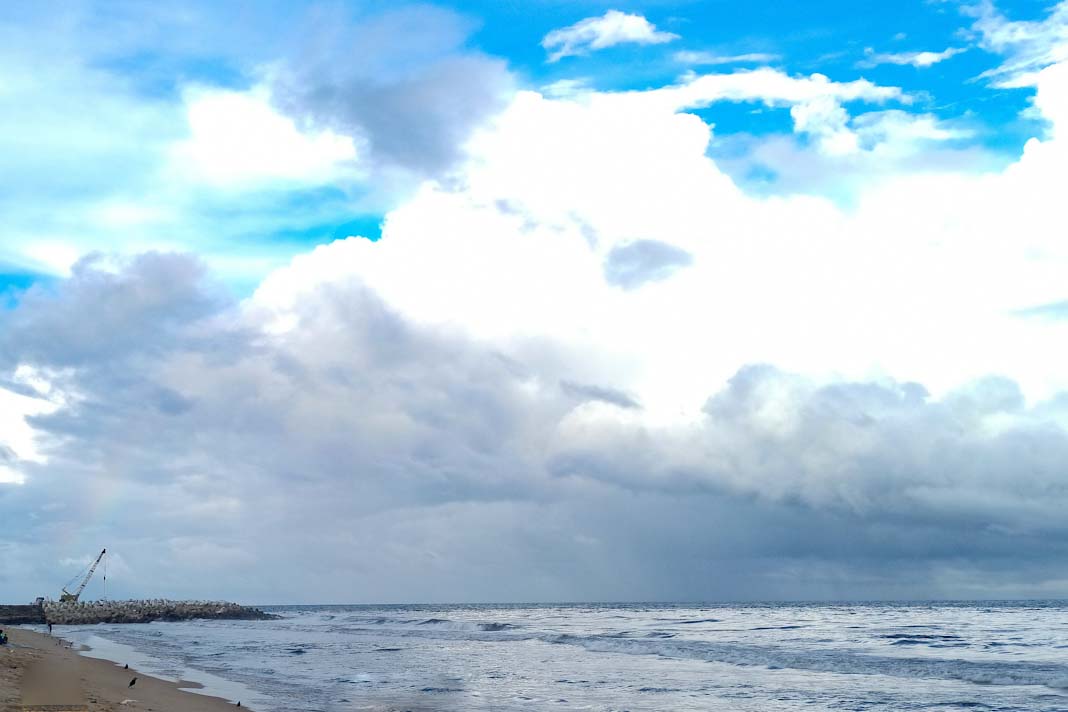- Marine experts are set to conduct a detailed survey of HMS Cassandra, a WWI-era British warship wreck near Estonia, to assess its environmental risks.
- The project is part of Project Tangaroa, a global initiative addressing pollution threats from thousands of wartime shipwrecks.
- Over 8,500 wrecks worldwide may leak hazardous materials, with potential cleanup costs exceeding $340 billion if left unmanaged.
- Findings from the Cassandra survey will help develop protocols for managing similar underwater wrecks across the globe.
Marine experts are preparing to survey the wreck of HMS Cassandra, a British warship that sank in December 1918 after striking a naval mine. The wreck lies around 20 meters underwater near Estonia’s Saaremaa Island. The United Kingdom’s Ministry of Defence Salvage and Marine Operations (SALMO), in partnership with the Waves Group, will lead the effort to assess the site and develop plans for managing similar wrecks that may pose environmental threats. The operation is part of Project Tangaroa, a global initiative supported by Lloyd’s Register Foundation and The Ocean Foundation, which urges action on pollution risks linked to wartime shipwrecks.
Assessing Environmental Risks from Historic Naval Wrecks
An estimated 8,500 shipwrecks around the world are believed to contain hazardous materials that could eventually leak into the ocean. These aging vessels hold substances such as chemical waste, unexploded ordnance, and millions of tonnes of oil. After decades—some more than a century—on the seafloor, the structural integrity of these wrecks is weakening due to corrosion and evolving ocean conditions, including the effects of climate change.
Experts caution that delaying intervention could lead to cleanup costs exceeding $340 billion. Beyond financial implications, the potential for serious environmental damage is significant, threatening marine biodiversity and the livelihoods of coastal populations dependent on healthy ocean ecosystems.
The wreck of HMS Cassandra plays a central role in this wider concern. Commissioned during World War I in June 1917, the warship was active until it struck a mine and sank on December 5, 1918, while en route to Tallinn. The incident claimed eleven lives from a crew of about 400. Cassandra lies near the wrecks of two other Royal Navy minesweepers—HMS Myrtle and HMS Gentian—which also sank after hitting mines in the same region just seven months later. Together, these sites offer valuable insight into the broader environmental risks associated with submerged wartime vessels.
Advancing Research to Prevent Ocean Pollution from Wrecks
The remains of HMS Cassandra were first located in August 2010 by the Estonian Navy, in collaboration with the Estonian Maritime Museum. A preliminary survey in 2021, conducted by HMS Echo, captured sonar images showing the warship lying on its side with major damage to the bow section.
A more in-depth investigation is now underway to evaluate the environmental risks posed by potential pollutant leakage from the wreck. This detailed assessment will guide strategies not only for managing Cassandra but also for establishing best practices applicable to other sunken warships around the world.
The UK Ministry of Defence’s SALMO unit, a key player in Project Tangaroa since its launch, is leading this phase of the operation. With oversight of more than 5,000 wrecks globally, SALMO sees the study of HMS Cassandra as a critical opportunity to shape global protocols for dealing with submerged hazards. The project underscores the need for coordinated international efforts to tackle long-neglected risks lying on the ocean floor.
Did you subscribe to our Daily newsletter?
It’s Free! Click here to Subscribe!
Source: FAN Transport Insights



















